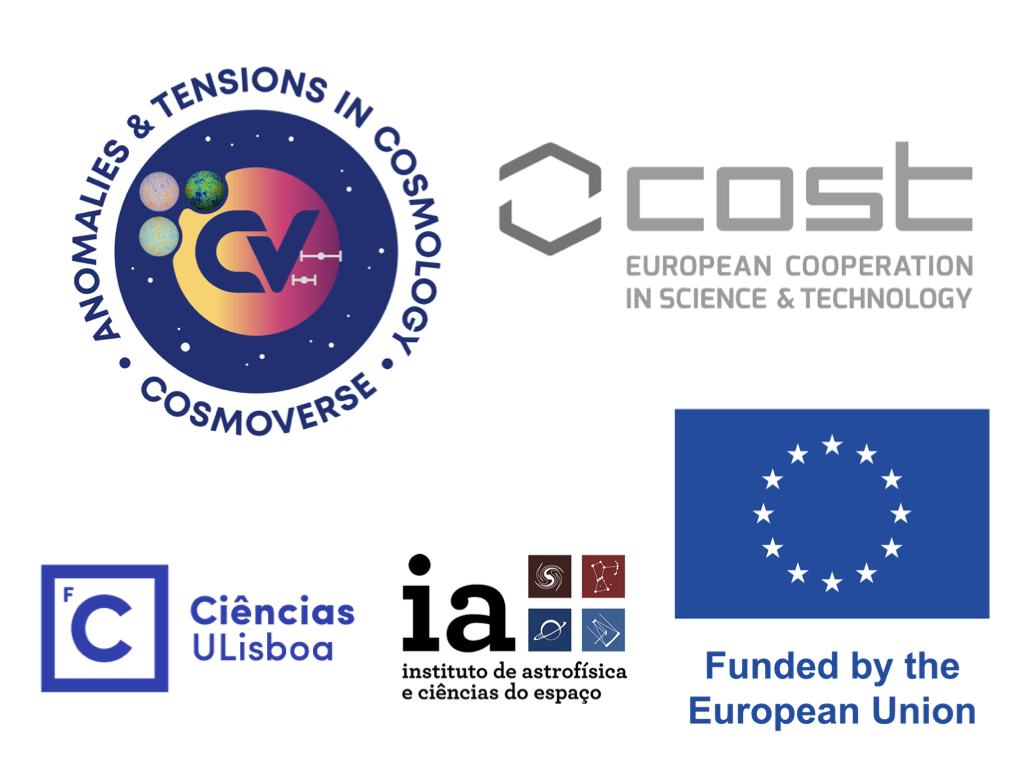Speaker
Description
The detection of gravitational Waves (GW) has opened a new window for cosmology. The cur- rent tension between the measurement of the Hubble constant H0 from Cosmic Microwave Back- ground and Supernova analyses makes an independent, standard siren measurement of H0 from gravitational waves particularly interesting. However, up to date the astronomical community has confidently identified only one optical counterpart to a GW event, a neutron star merger, GW170817. In the cases where no counterpart is identified/expected such as Binary Black Hole (BBHs) events, it is possible to use a statistical approach, also known as the “dark siren” method, to produce individually weaker constraints. This method provides a less precise cosmological con- straint on an event-to-event basis, due to the typically large number of galaxies over which one needs to marginalize. Current constraints suggest that from ˜20% to 80% of LIGO/Virgo/KAGRA BBHs are associated with Active Galactic Nuclei (AGN) disks. The claim for a possible association of the BBH merger GW190521 with a flare in the AGN J124942.3+344929, alongside to the several proposed models and mechanisms to make a viable EM counterpart from BBHs in accretion disks suggested this might be a promising endeavor. Therefore, we explore the possibility of Standard Sirens in association with AGN hosts and AGN flares, through an hybrid method between bright and dark sirens. We simulate GW events from future LIGO/Virgo/KAGRA runs and derive the expected constraints in H0, Ωm, and dark energy equation of state parameter w. Depending on the fraction of AGN hosts and BBHs capable of flare we might obtain H0 from from ˜ 10% (pes- simistic) to ˜ 3% (optimistic) level in the next few years. We also show that the method could be applied to all possible AGNs hosts not requiring a flare in the GW localization area to prospect the cosmological constraints.

